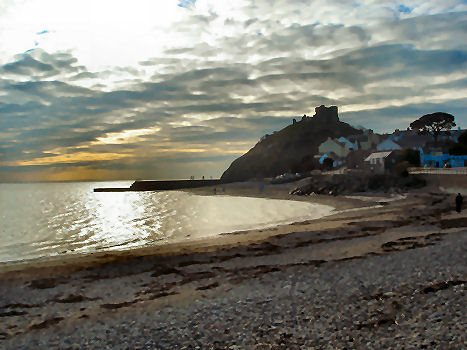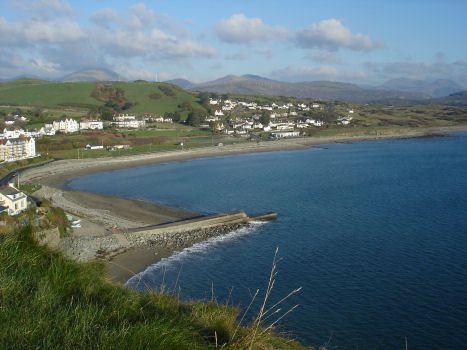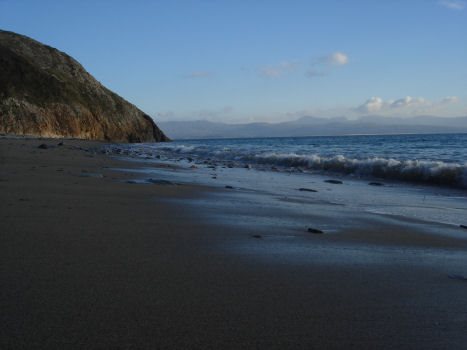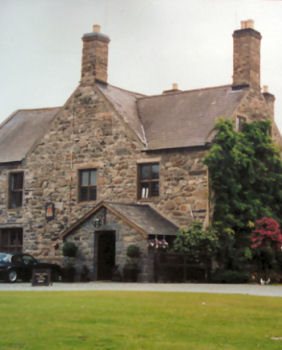Criccieth
The historic unspoilt town of Criccieth lies on Cardigan Bay on the southern coast of the Lleyn Peninsula. The town is dissected by a rocky promontory on which Criccieth Castle perches, dominating the landscape. Criccieth dates back to the thirteenth century, when the castle was constructed by Llywellyn the Great.
Criccieth Castle
Spectacular Criccieth Castle bestrides the headland between the town's two beaches. Superb views of Cardigan Bay and the surrounding countryside can be had from the battlements.

Built originally by Llywelyn the Great, the castle consists of a long triangular enclosure separated into three courtyards by its inner ward. An outer ward, guarded by walls and three towers was probably added by Llywellyn the Last. The castle was captured by Edward I in 1283 and extensively refortified, during which a tower was adapted for use by a catapult. More on Criccieth Castle
The charming town boasts a good selection of amenities and has two beaches, with promenades and Victorian terraces. Criccieth's most famous son was the British Prime Minister, David Lloyd George. The Lloyd George Museum at Llanystumdwy covers the life of the World War I Prime Minister. (Open :- Easter, May - Oct.)


Criccieth has two Blue Flag beaches on Cardigan Bay. Marine Beach, west of the castle is pebbly.The beach East of the castle, the main beach, is a mixture of pebbles and sand, there is a promenade called The Esplanade and a Lifeboat Station at one end and a pitch and put green at the other. Both beaches are safe for bathing, the water quality of a very good standard. The area is visited by porpoises and the occasional seal. The area is washed by the Gulf Stream and therefore has a mild climate.
Nearby Talhenbont Hall, a 16th century manor house, was once the home of William Vaughan. During the Civil War, the Hall was used as a garrison for Cromwell's soldiers and is reputed to be haunted.
Talhenbont Hall

The hall is set in 75 acres of woodland and the River Dwyfach, which flows through the extensive grounds, is home to otters, sea trout and salmon. The gardens house the national clematis collection and contain an adventure playground for children. 'The Quackery' contains a large collection of ducks.